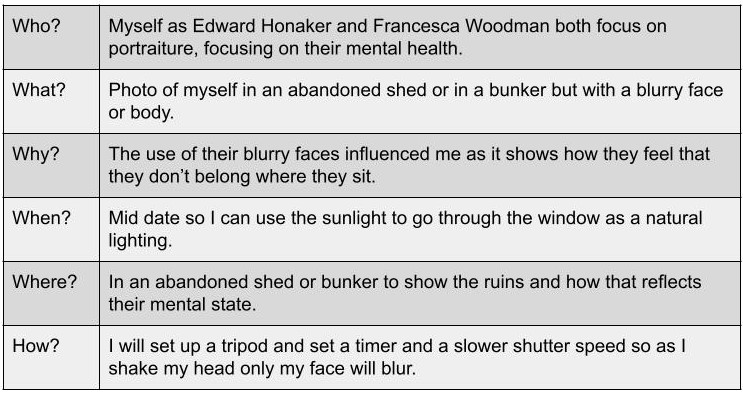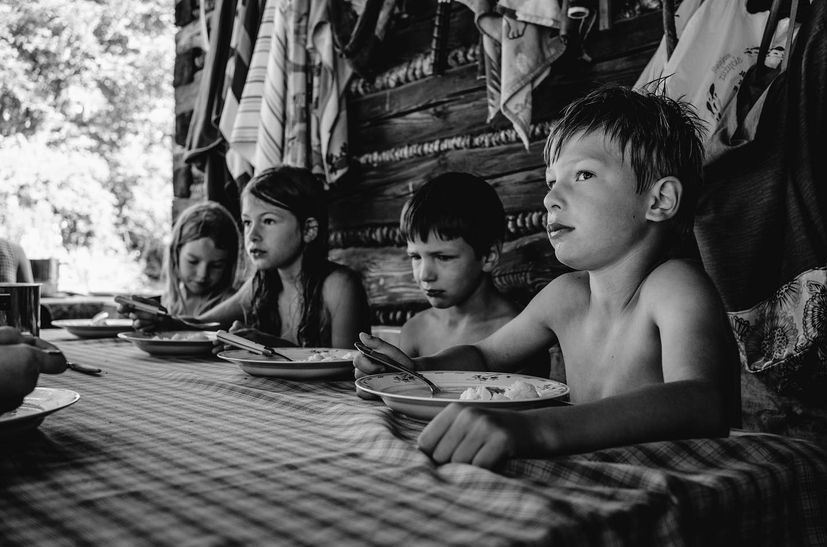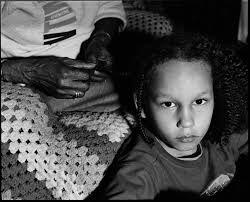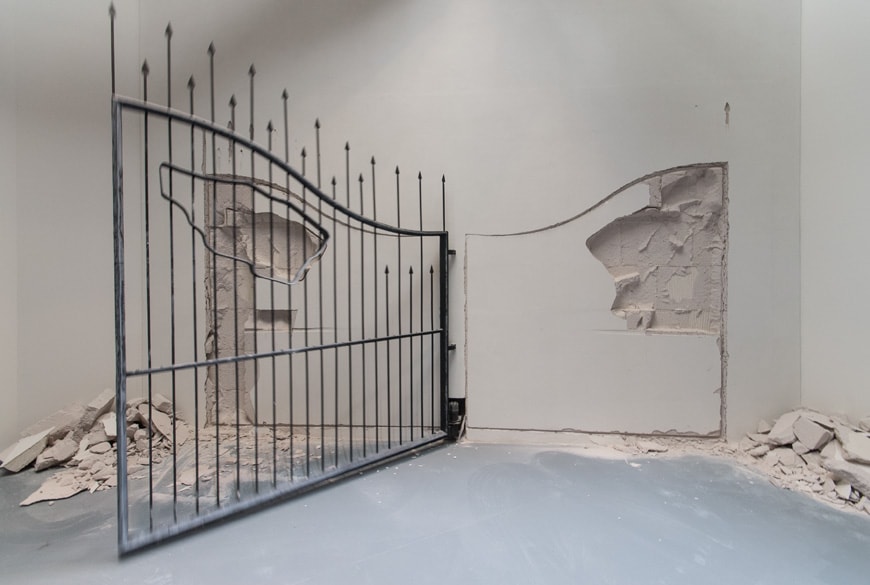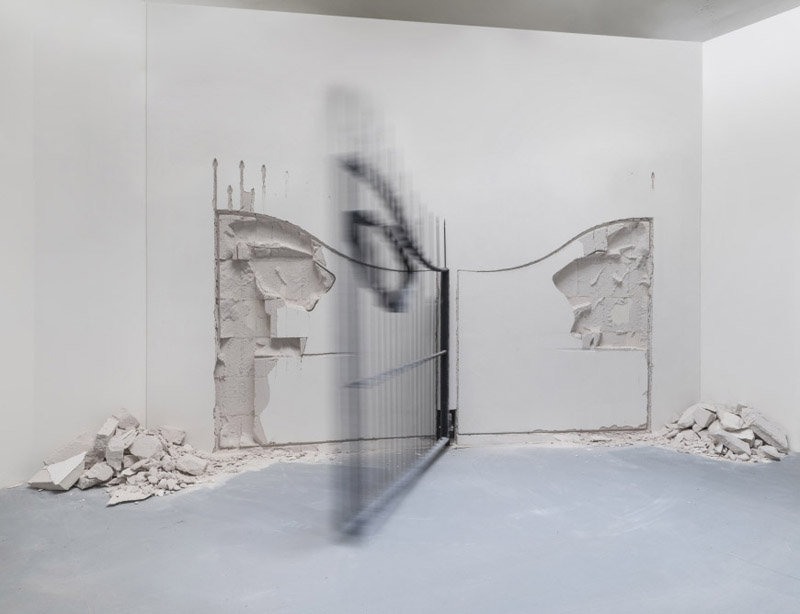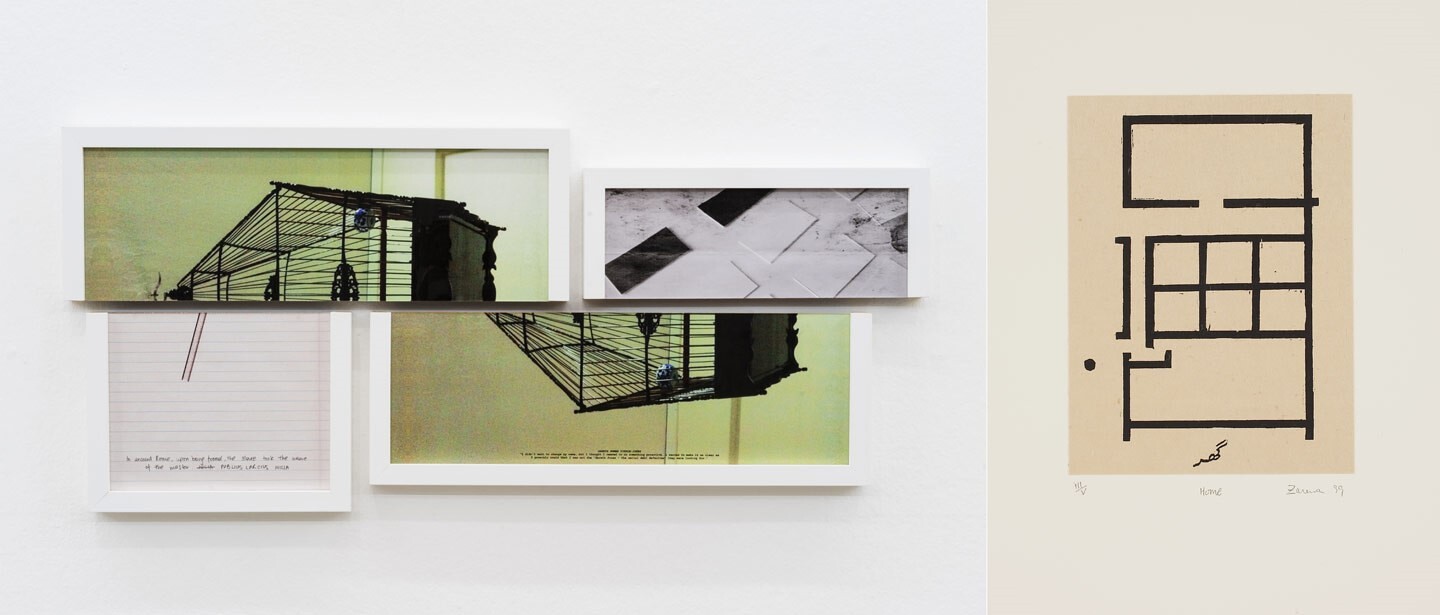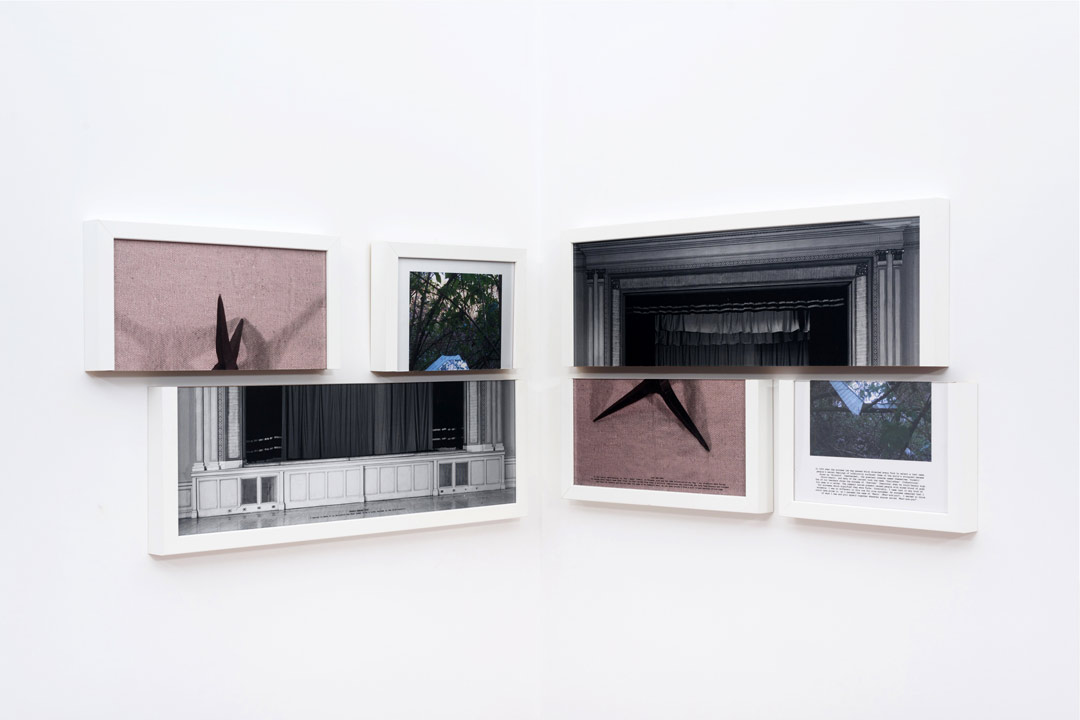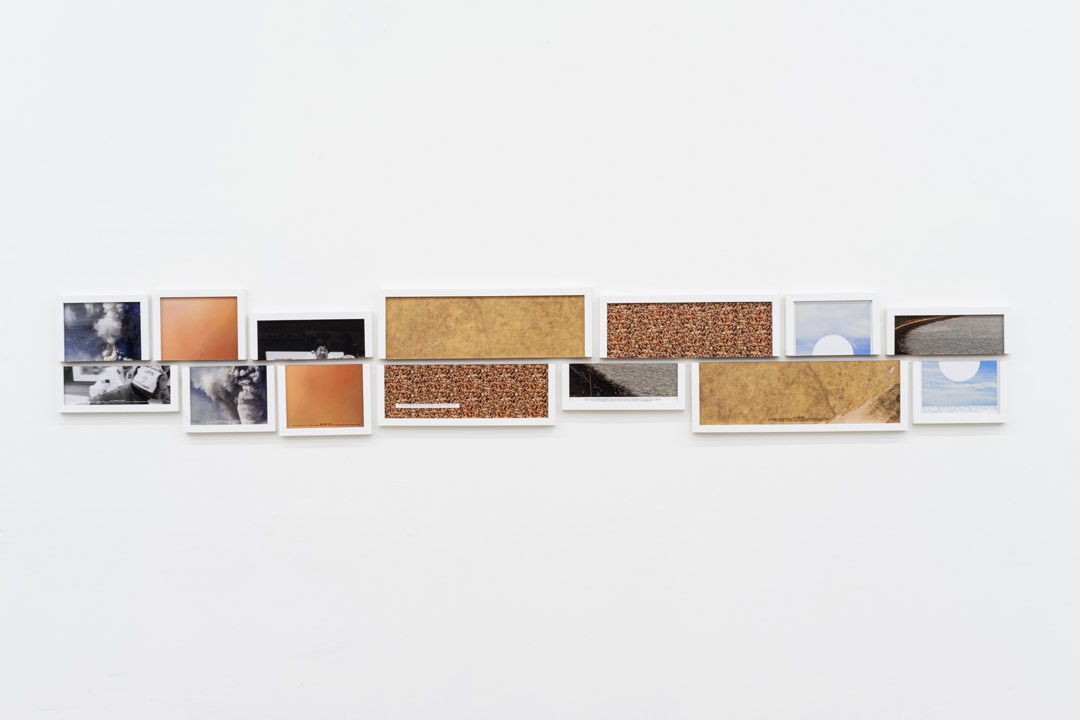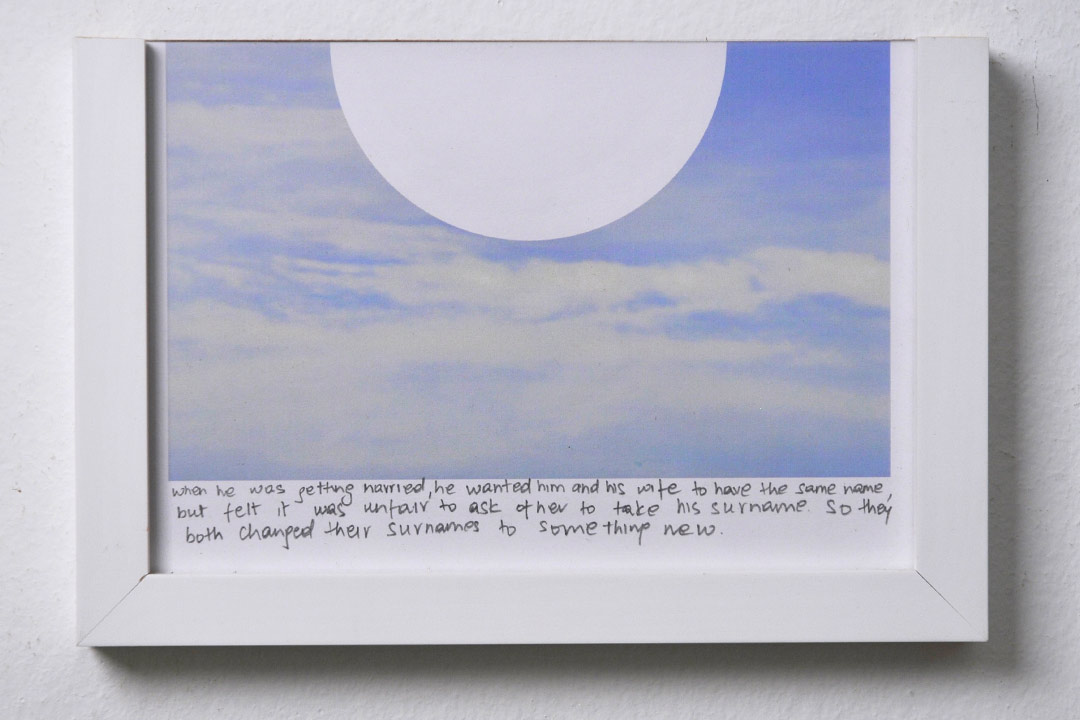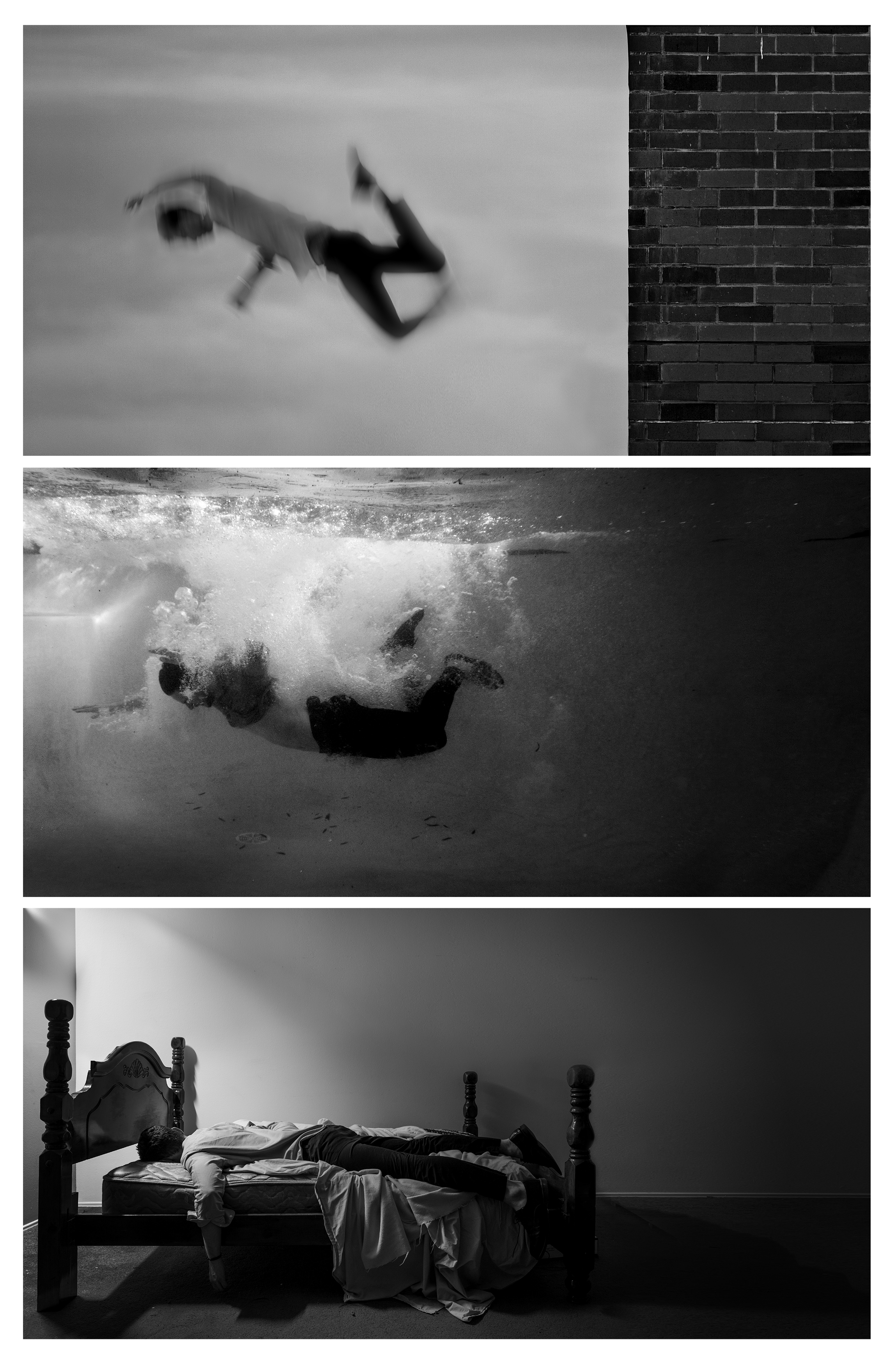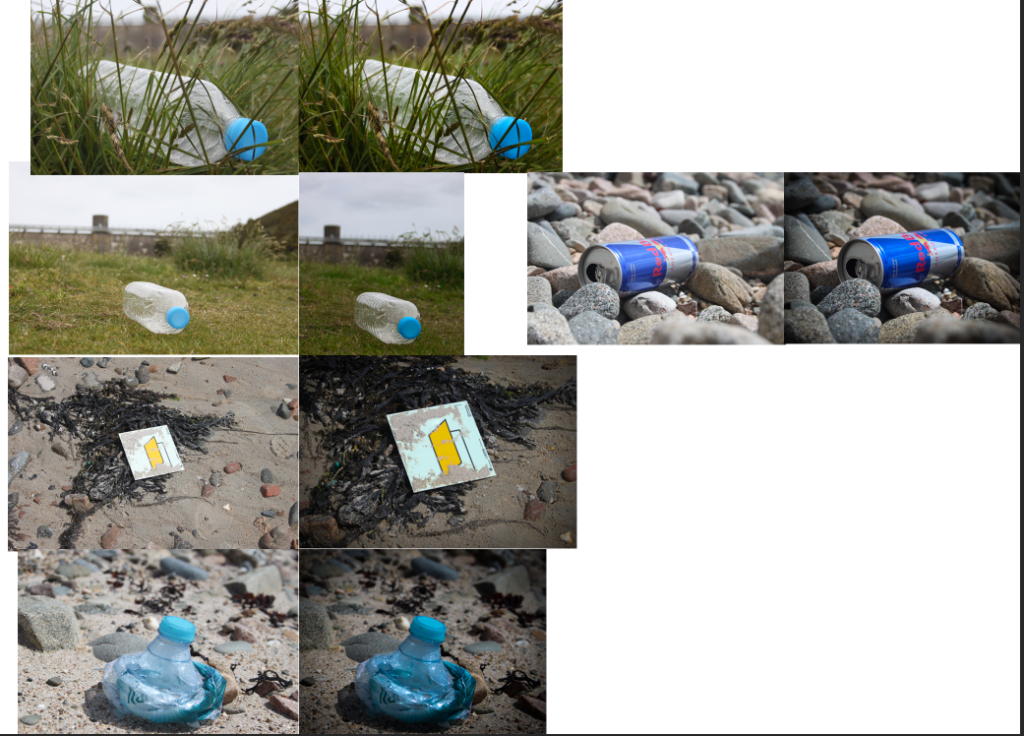What you want to explore?
For my personal study , I want to focus on portrait photography, as in year 12 it was my favourite part of photography. I really enjoyed having a set up and how professional the images looked with the lighting. I think portraits are a very strong way of presenting ideas as you can interpret them in any way and when it comes to editing them you can basically transform them in any way. I think by doing portraits it will present the theme of identity perfectly. For my personal study, I want to focus on capturing different emotions and feelings through portrait photography and look into how mental health can be presented and shown through photography. I think it plays a massive part in the theme of identity, as it’s a personal aspect to everyone, and everyone goes through different emotions.
Why it matters to you?
It matters to me as I think mental health is a really important and key factor through my teenage years. I want to try present it through taking portrait photographs.
How you wish to develop your project?
By taking portrait images, and editing them afterwards to show different emotions.
When and where you intend to begin your study?
I will use the studio to take all my images as it’s a professional set up and get it started as soon as I have free time in school and get a model to photograph for this project.
My chosen theme is identity, as I think mental health can identify an individual massively as it’s a very personal matter. The final outcome I want to have and achieve by the end of this project is a photobook. The artists I am going to take inspiration from are Gabriel Isak and Edward Honaker. They both focus on photographing mental health through different ways. Gabriel includes loads of blue tones in his images, and takes them out in an open environment as well as mainly capturing the silhouette of the individual instead of a clear face shot. Whereas Edward focuses more on his editing and blurs the faces out using different techniques which shows he focuses more on editing his images rather than taking them in a certain way. I think by using both of them it will give me a nice overview of both sides to this project


